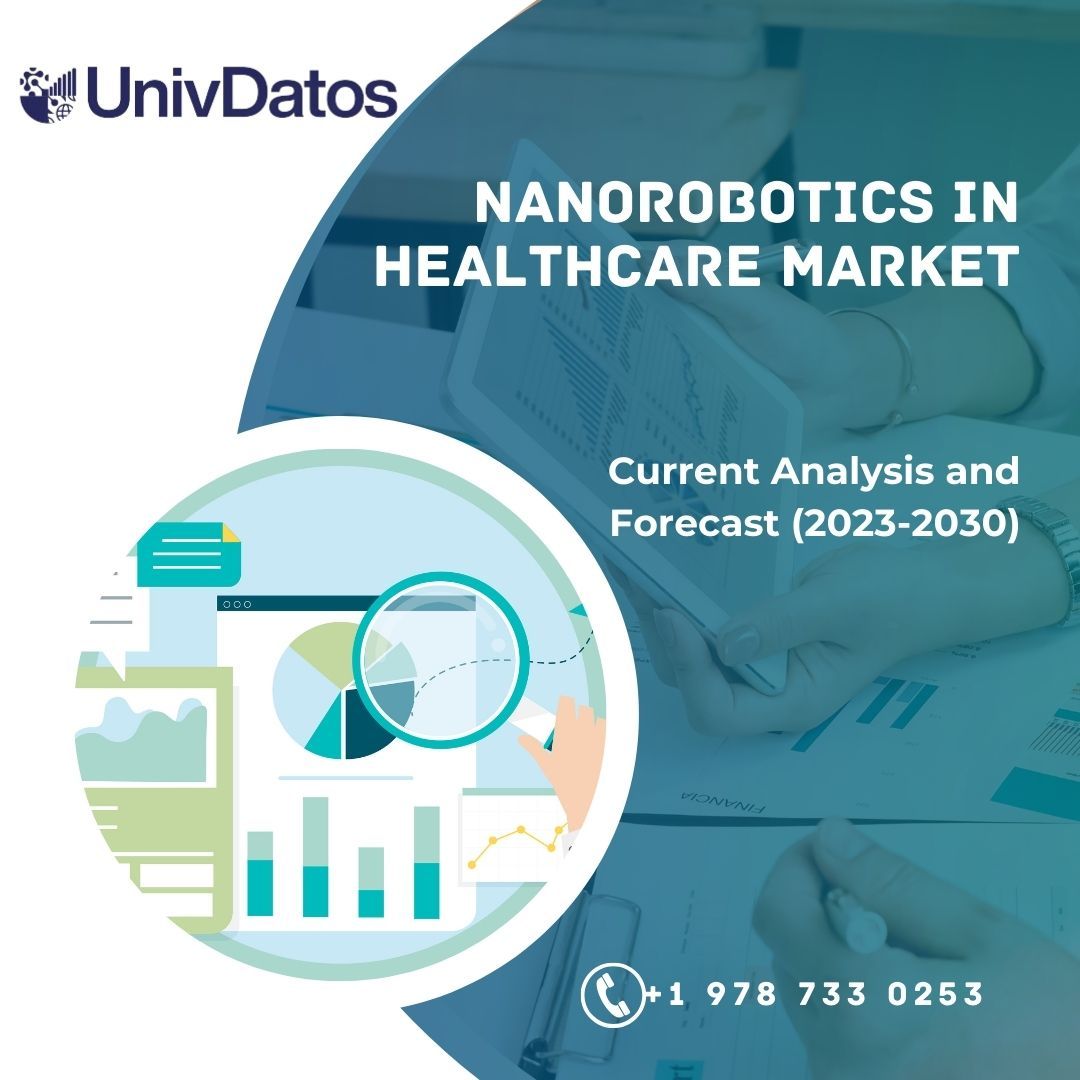The global photovoltaics market reached USD 604.02 billion in 2024 and is forecast to grow at a CAGR of 9.2% through 2034, reflecting the deepening role of solar energy in global decarbonization efforts and energy security strategies. While the United States, China, and Germany remain pivotal in shaping the industry’s direction, national policy impact, market share concentration, R&D leadership, and strategic positioning are emerging as decisive factors influencing the competitive landscape. The interplay between domestic manufacturing incentives, international trade agreements, and technological innovation is defining the future trajectory of this rapidly evolving sector.
China continues to dominate the PV value chain, controlling over 80% of global polysilicon production, 90% of wafer manufacturing, and nearly 70% of module output. Its state-sponsored industrial policies, such as subsidies for vertically integrated manufacturers and preferential lending through state-owned banks, have created an ecosystem conducive to scale and cost reduction. Companies like LONGi Green Energy, JinkoSolar, and Trina Solar have leveraged these advantages to become global leaders in module shipments, expanding beyond domestic markets into Europe, Latin America, and Southeast Asia. However, increasing scrutiny over forced labor allegations and environmental concerns has prompted some Western buyers to seek alternative suppliers, prompting Chinese firms to establish overseas production facilities in compliance with local content requirements.
The United States is undergoing a strategic rebalancing of its PV industry, catalyzed by the Inflation Reduction Act (IRA), which offers production tax credits (PTCs) and investment tax credits (ITCs) for onshore manufacturing of solar components. This policy framework has spurred significant capital expenditure from domestic and foreign firms alike, with First Solar, Meyer Burger, and Hanwha Q CELLS announcing multi-gigawatt expansions in the U.S. Midwest and Sun Belt. The Department of Energy’s Solar Manufacturing Acceleration Program is also supporting R&D initiatives in advanced cell architectures, including heterojunction (HJT) and tandem structures. Despite these strides, the U.S. still relies heavily on imports for upstream materials, creating vulnerabilities that could be mitigated through public-private partnerships and domestic polysilicon revival efforts.
Read More @
https://www.polarismarketresearch.com/industry-analysis/photovoltaics-market
Germany remains a beacon of innovation and policy foresight in the European context, with its Energiewende strategy reinforcing long-term targets for renewable energy adoption. The country hosts a vibrant cluster of engineering firms, research institutes, and system integrators that contribute to high-value segments such as bifacial modules, micro-inverters, and energy management software. Local manufacturers like Meyer Burger and SMA Solar are focusing on differentiated offerings rather than competing on price alone, leveraging Germany’s reputation for quality and precision engineering. The EU’s Critical Raw Materials Act and Net-Zero Industry Act are further strengthening the region’s strategic positioning by promoting localized production of key PV inputs and fostering a supportive regulatory environment.
Corporate strategies among top-tier players are increasingly centered around geographic diversification, vertical integration, and technology leadership. Major firms are not only expanding production capacities but also acquiring downstream assets such as project development firms and O&M service providers to create full-stack solar ecosystems. Mergers and acquisitions are on the rise, particularly among mid-sized players seeking scale and access to proprietary technologies. Market share concentration remains moderate, with the top five module suppliers accounting for approximately 55% of total revenue, although consolidation is expected to accelerate as smaller firms struggle with rising input costs and tighter credit conditions.
R&D leadership is concentrated among a few dominant players who invest heavily in next-generation materials, advanced manufacturing techniques, and digital tools to enhance system efficiency and lifecycle performance. Strategic positioning is also influenced by intellectual property holdings and participation in standard-setting bodies, which provide leverage in licensing negotiations and market access discussions. As the global PV market matures, companies that align their innovation pipelines with macroeconomic shifts and policy imperatives will be best positioned to capitalize on the long-term tailwinds shaping the energy transition.
Dominant Players by Market Share:
• JinkoSolar Holding Co., Ltd.
• LONGi Green Energy Technology Co., Ltd.
• Canadian Solar Inc.
• First Solar, Inc.
• Trina Solar Limited
• Hanwha Q CELLS Co., Ltd.
• SunPower Corporation
• Meyer Burger Technology AG
More Trending Latest Reports By Polaris Market Research:
Pharmaceutical Gelatin Market
Head And Neck Cancer Market
Spices And Seasonings Market
Fitness Trackers Market
IoT Professional Services Market
Automotive Robotics Market
Dental Service Organization Market
Digital Therapeutics Market
Antifreeze Proteins Market
The global photovoltaics market reached USD 604.02 billion in 2024 and is forecast to grow at a CAGR of 9.2% through 2034, reflecting the deepening role of solar energy in global decarbonization efforts and energy security strategies. While the United States, China, and Germany remain pivotal in shaping the industry’s direction, national policy impact, market share concentration, R&D leadership, and strategic positioning are emerging as decisive factors influencing the competitive landscape. The interplay between domestic manufacturing incentives, international trade agreements, and technological innovation is defining the future trajectory of this rapidly evolving sector.
China continues to dominate the PV value chain, controlling over 80% of global polysilicon production, 90% of wafer manufacturing, and nearly 70% of module output. Its state-sponsored industrial policies, such as subsidies for vertically integrated manufacturers and preferential lending through state-owned banks, have created an ecosystem conducive to scale and cost reduction. Companies like LONGi Green Energy, JinkoSolar, and Trina Solar have leveraged these advantages to become global leaders in module shipments, expanding beyond domestic markets into Europe, Latin America, and Southeast Asia. However, increasing scrutiny over forced labor allegations and environmental concerns has prompted some Western buyers to seek alternative suppliers, prompting Chinese firms to establish overseas production facilities in compliance with local content requirements.
The United States is undergoing a strategic rebalancing of its PV industry, catalyzed by the Inflation Reduction Act (IRA), which offers production tax credits (PTCs) and investment tax credits (ITCs) for onshore manufacturing of solar components. This policy framework has spurred significant capital expenditure from domestic and foreign firms alike, with First Solar, Meyer Burger, and Hanwha Q CELLS announcing multi-gigawatt expansions in the U.S. Midwest and Sun Belt. The Department of Energy’s Solar Manufacturing Acceleration Program is also supporting R&D initiatives in advanced cell architectures, including heterojunction (HJT) and tandem structures. Despite these strides, the U.S. still relies heavily on imports for upstream materials, creating vulnerabilities that could be mitigated through public-private partnerships and domestic polysilicon revival efforts.
Read More @ https://www.polarismarketresearch.com/industry-analysis/photovoltaics-market
Germany remains a beacon of innovation and policy foresight in the European context, with its Energiewende strategy reinforcing long-term targets for renewable energy adoption. The country hosts a vibrant cluster of engineering firms, research institutes, and system integrators that contribute to high-value segments such as bifacial modules, micro-inverters, and energy management software. Local manufacturers like Meyer Burger and SMA Solar are focusing on differentiated offerings rather than competing on price alone, leveraging Germany’s reputation for quality and precision engineering. The EU’s Critical Raw Materials Act and Net-Zero Industry Act are further strengthening the region’s strategic positioning by promoting localized production of key PV inputs and fostering a supportive regulatory environment.
Corporate strategies among top-tier players are increasingly centered around geographic diversification, vertical integration, and technology leadership. Major firms are not only expanding production capacities but also acquiring downstream assets such as project development firms and O&M service providers to create full-stack solar ecosystems. Mergers and acquisitions are on the rise, particularly among mid-sized players seeking scale and access to proprietary technologies. Market share concentration remains moderate, with the top five module suppliers accounting for approximately 55% of total revenue, although consolidation is expected to accelerate as smaller firms struggle with rising input costs and tighter credit conditions.
R&D leadership is concentrated among a few dominant players who invest heavily in next-generation materials, advanced manufacturing techniques, and digital tools to enhance system efficiency and lifecycle performance. Strategic positioning is also influenced by intellectual property holdings and participation in standard-setting bodies, which provide leverage in licensing negotiations and market access discussions. As the global PV market matures, companies that align their innovation pipelines with macroeconomic shifts and policy imperatives will be best positioned to capitalize on the long-term tailwinds shaping the energy transition.
Dominant Players by Market Share:
• JinkoSolar Holding Co., Ltd.
• LONGi Green Energy Technology Co., Ltd.
• Canadian Solar Inc.
• First Solar, Inc.
• Trina Solar Limited
• Hanwha Q CELLS Co., Ltd.
• SunPower Corporation
• Meyer Burger Technology AG
More Trending Latest Reports By Polaris Market Research:
Pharmaceutical Gelatin Market
Head And Neck Cancer Market
Spices And Seasonings Market
Fitness Trackers Market
IoT Professional Services Market
Automotive Robotics Market
Dental Service Organization Market
Digital Therapeutics Market
Antifreeze Proteins Market









